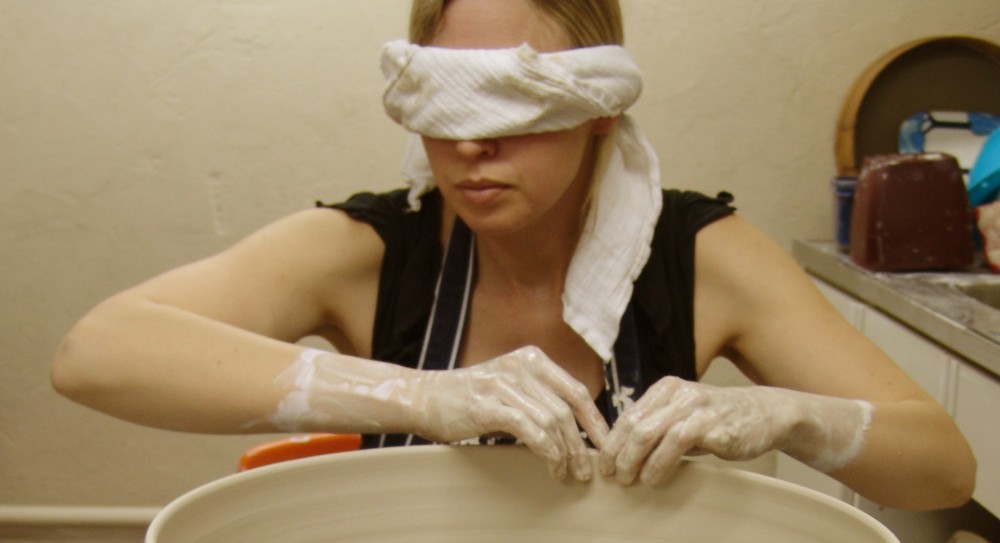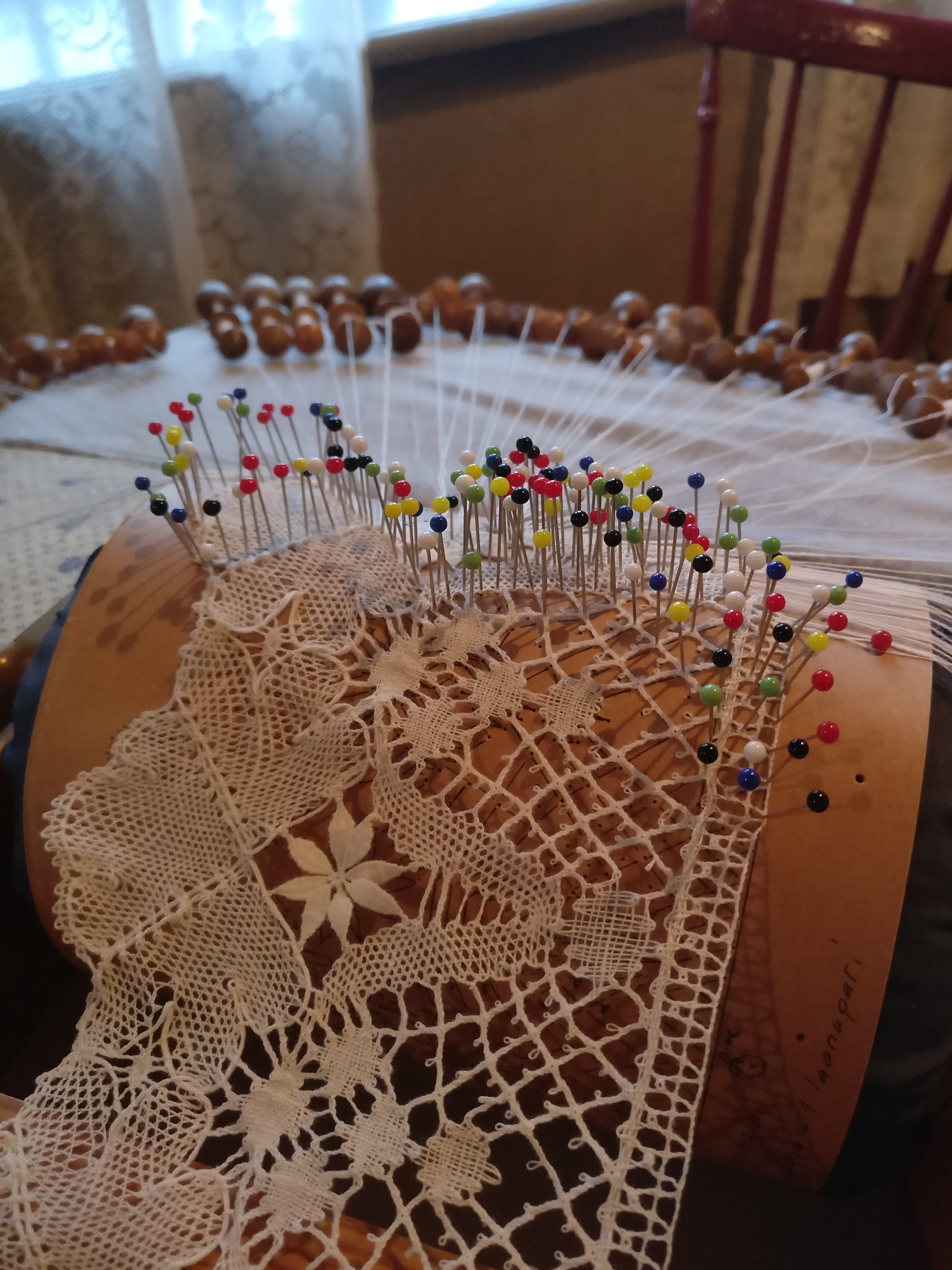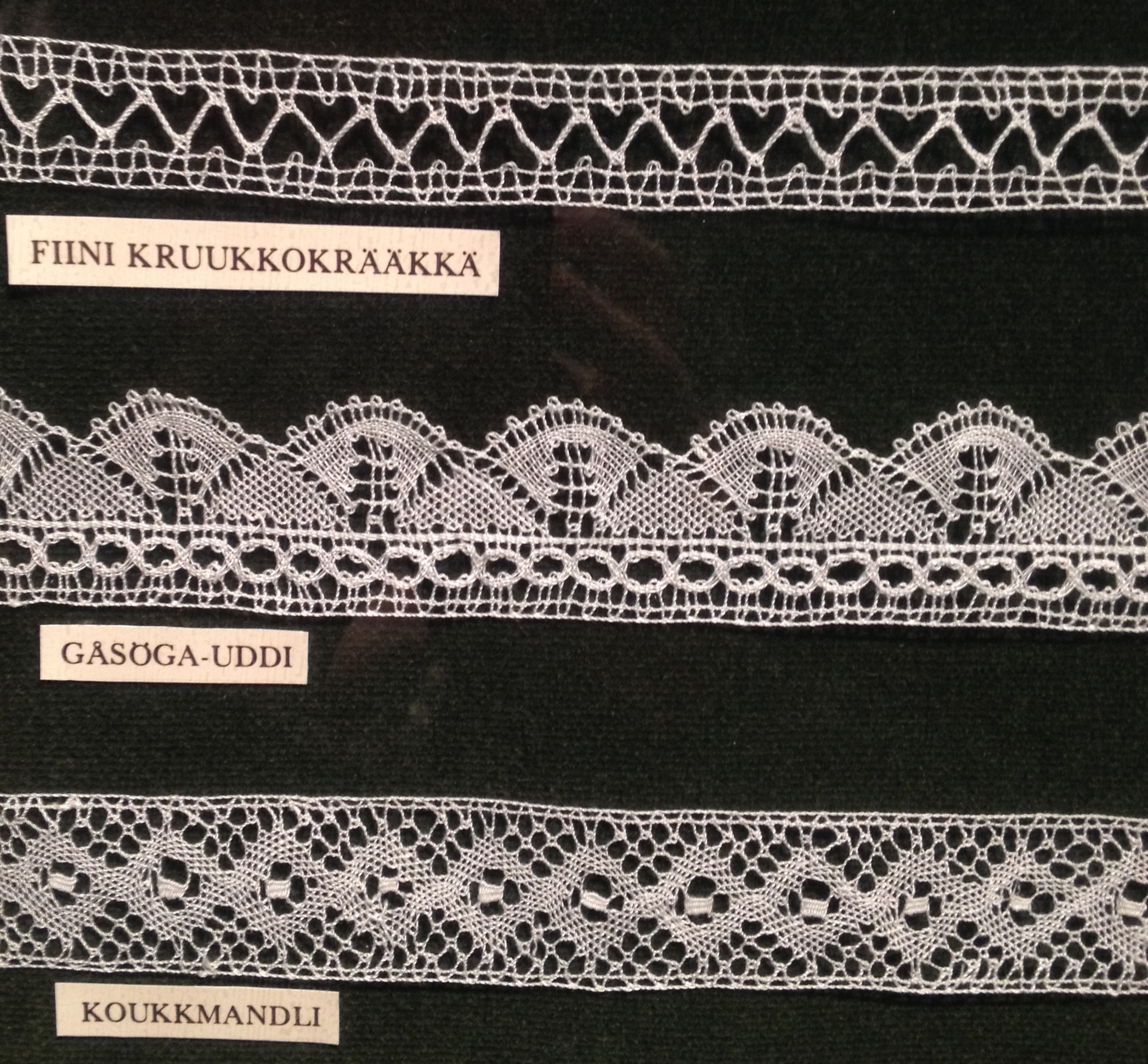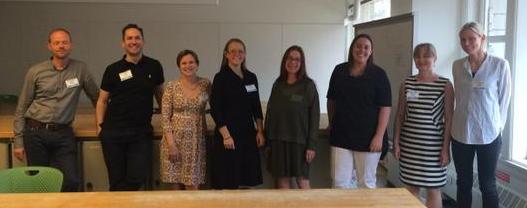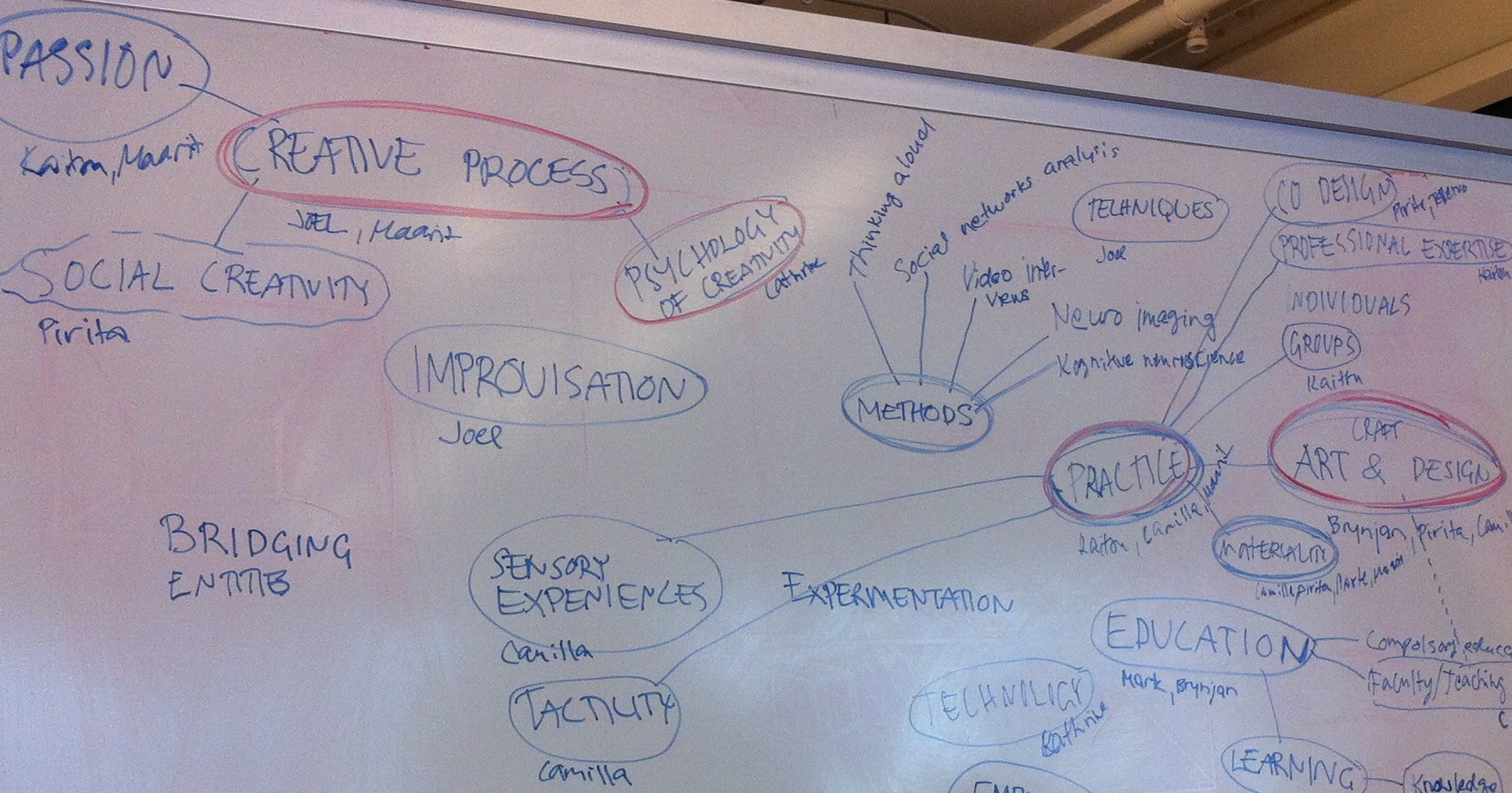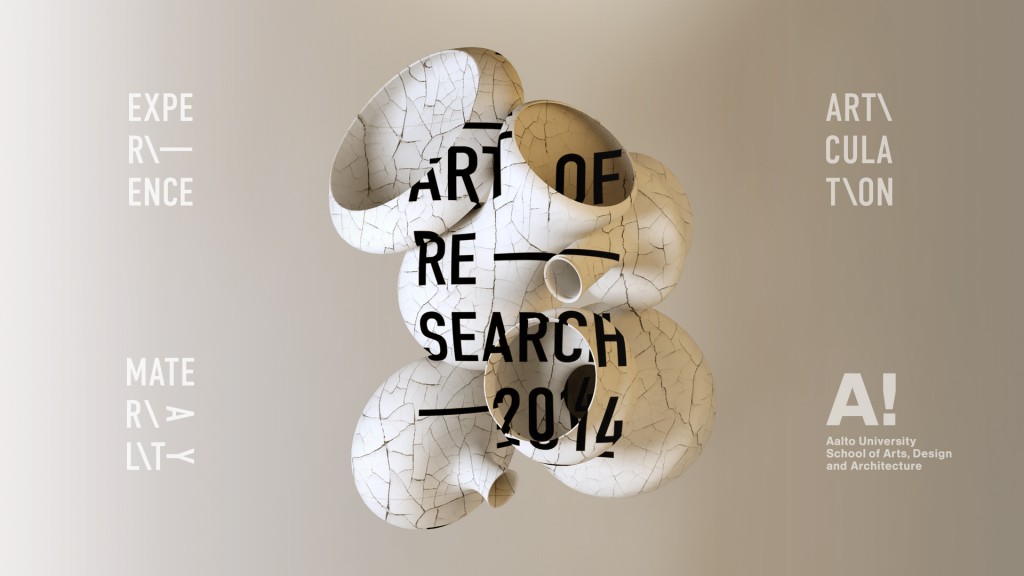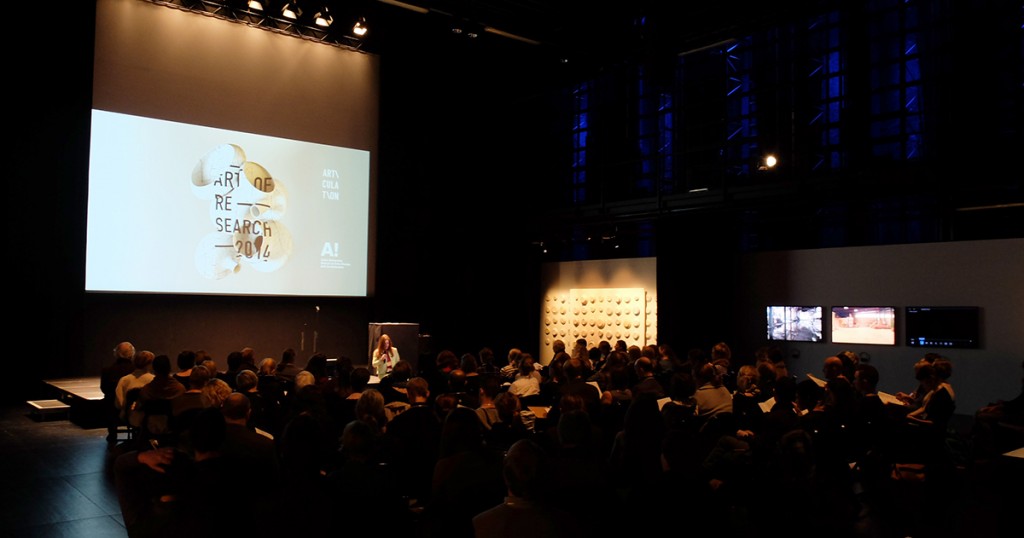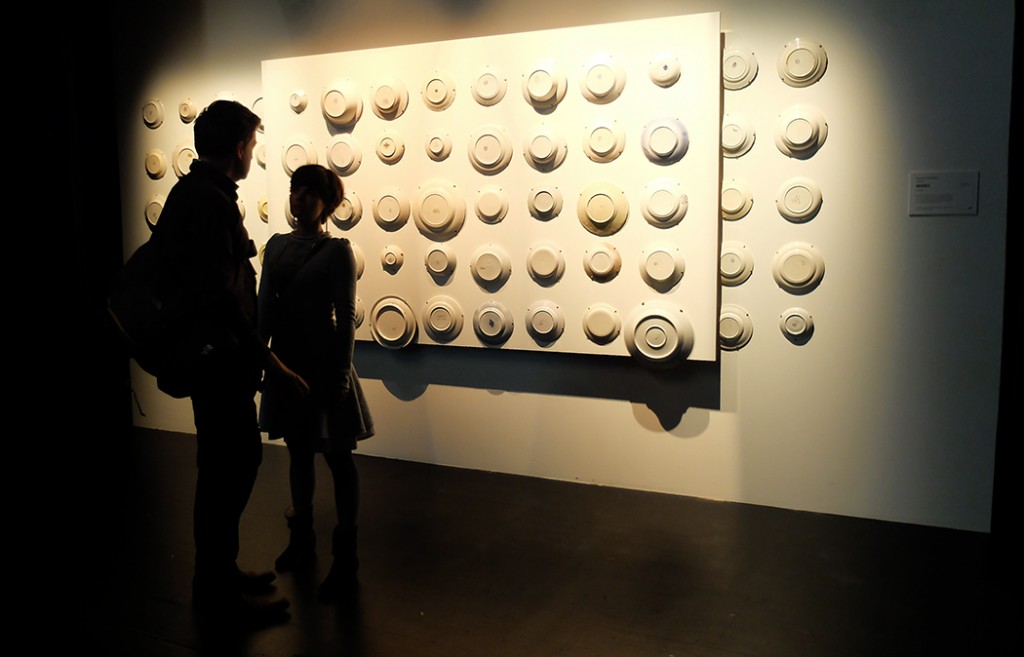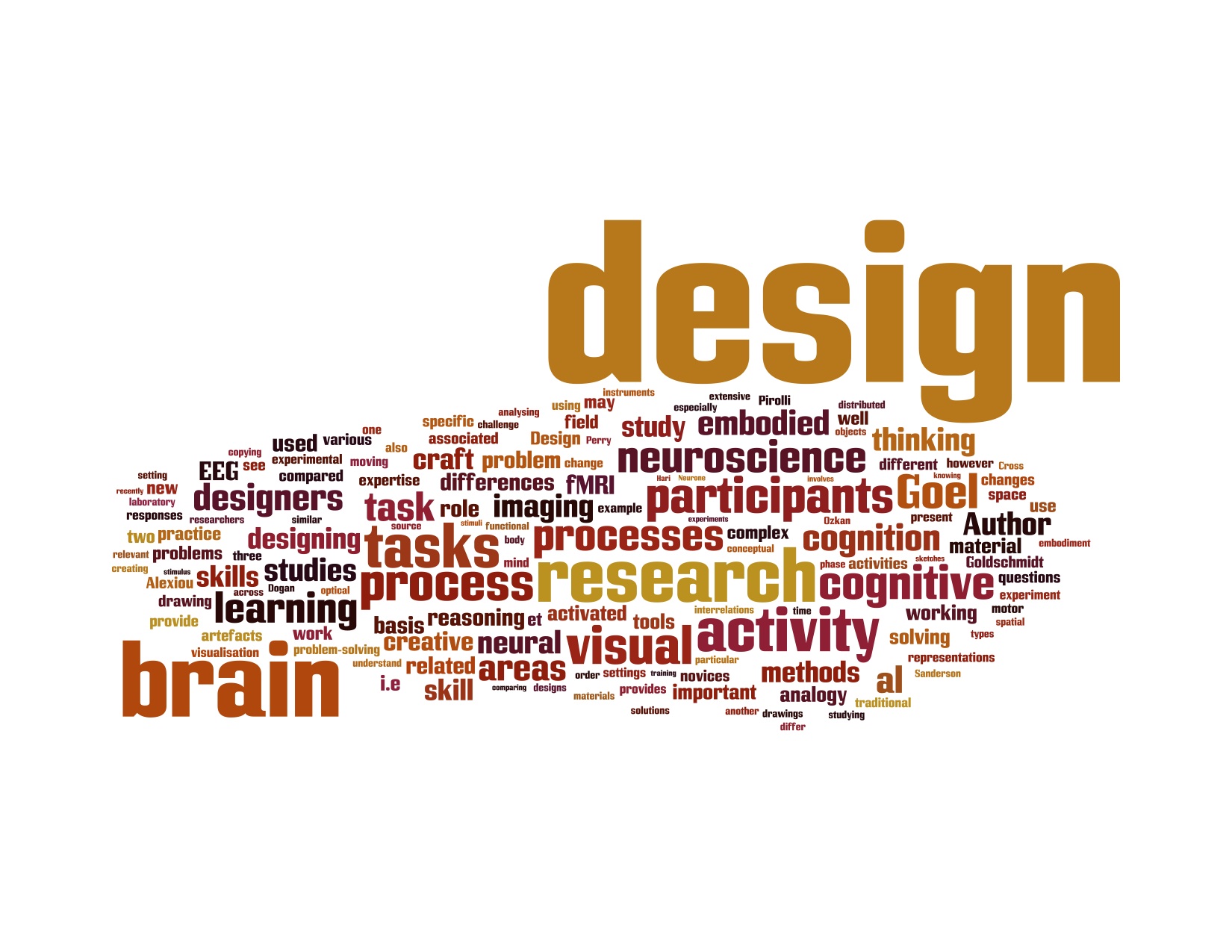
Brighton Pier in June 2016. Photo by Camilla Groth
(Original text by Camilla Groth)
The Handling mind consortium created a joint event together with the Norwegian research group Embodied Making and Learning (EMAL) from The University College of Southeast Norway, during the Design Research Society (DRS) 2016 Conference in Brighton June 28-30.
We arranged a joint additional theme session called EMBODIED MAKING AND LEARNING and invited papers, from which six papers made it through the review process and were presented in the session on Wednesday 29th of June. Marte Sørebø Gulliksen from the The University College of Southeast Norway acted as the sub chair and co-conveners were: Pirita Seitamaa-Hakkarainen, Helsinki University, Finland together with Maarit Mäkelä and Camilla Groth, Aalto University, Finland.
The context of this thematic session is the collective endeavors formally established at the LearnXDesign 2015-conference in Chicago, June 2015 by researchers from three research groups in Norway, Finland and Canada. At that conference, the consortium held a full-day open symposium. Papers from that symposium were published during the DRS-conference as a special issue of FORMakademisk. Here you may find five publications that are contributions of the Handling Mind researchers.
The thematic sessions during this years DRS conference in Brighton provided both an incitement and a platform for presenting and discussing various aspects of embodied making and learning. The papers presented in this track discussed core issues of embodied making and learning through various theoretical and methodological means
The first presentation, The role of sensory experiences and emotion in craft practice by Camilla Groth, linked sensory experiences with emotion and sense making in craft practice. Drawing on new knowledge on embodied cognition and the importance of emotions in risk assessment and decision making process, she presented a practice-led study in clay throwing. Groth’s analysis of how emotions and experience guided her risk assessment, decision making and problem solving expand current knowledge of the role of emotions and sensory experiences in the embodied making processes in craft practice.
In our second presentation, Learning what it means to learn: first-hand experience in the process of material transformations, By Biljana Fredriksen we dive into the sense making process of children and learn how their embodied material exploration aids in new understandings. The paper presents specific examples of three-year old children’s first-hand experiences in material transformation, and discusses how these experiences relate to their learning. Fredriksen proposes that even adult learn through such experiences, and that it even could be an arena for learning how to learn.
After these two introductory presentations we heard about two research projects that combine design research with neuroscience. Traditionally the mind has been studied separately from the body, but as a new understanding about the embodied mind has emerged there is a need to research the embodied mind in action. The first of these two presentations, Why making matters—developing an interdisciplinary research project on how embodied making may contribute to learning by Marte S. Gulliksen, envisions a new project development that would be truly interdisciplinary. Knowledge from the rapidly developing neurosciences shows promise to generate insight that could be useful for confirming and expanding current knowledge on how embodied making contribute to learning. Gulliksen has taken on the challenge to write about relevant neurobiological knowledge from a woodcarver and craft teacher perspective through a series of articles. In her paper, she presents this strategy and the aims for such a project development, tentative ideas for future interdisciplinary studies that has been put forth in the series of articles and the methodological framework for the project: an integrative applied research approach.
The next paper presented a project combining the study of mind and body in design and craft practice, the Handling Mind project. The results of this four-year project was presented by Marianne Leinikka, (image 2 and 3) in the session on Physiological measurements of drawing and forming activities. In the Handling Mind project, psychophysiological experiments were designed and conducted to study the relationship between making and feeling, handling creative situations and the embodied mind. Through a careful design comprising visual and material design in three different tasks, the study’s findings expand current knowledge on embodied activities.
In the following three presentations the theme of embodied making were further expanding the topic from other perspectives. In her presentation Constructing, deconstructing and reconstructing knowledge through making Anna Louise Piper bridges the gap between implicit and explicit knowledge. The paper presents a practice-led study of the development of composite woven garments, and uses this study to demonstrate how process object analysis advance creative practice, in particular in regards to the transition from hand production to digital production.
The situatedness of a practice puts demands on the design process to be embedded in real world situations and to consider the lived experiences of the users. The following presentation; Experience Labs: co-creating health and care innovations using design tools and artefacts by Tara French, Gemma Teal, and Sneha Raman, presented the project “Experience Labs”. Experience labs are an approach developed to facilitate meetings between those receiving and delivering healthcare. The labs are means of co-creating new solutions by shared insights from participants from both ends of the health care, to engage in the design process and experience new concepts. This paper brings in a new perspective on embodied making through design for healthcare.
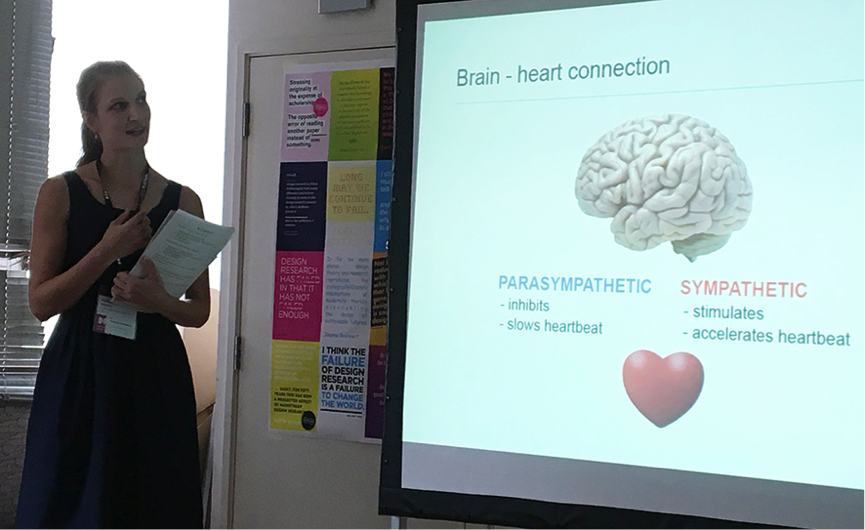
Marianne Leinikka giving the Handling Mind paper presentation. Photo by Camilla Groth
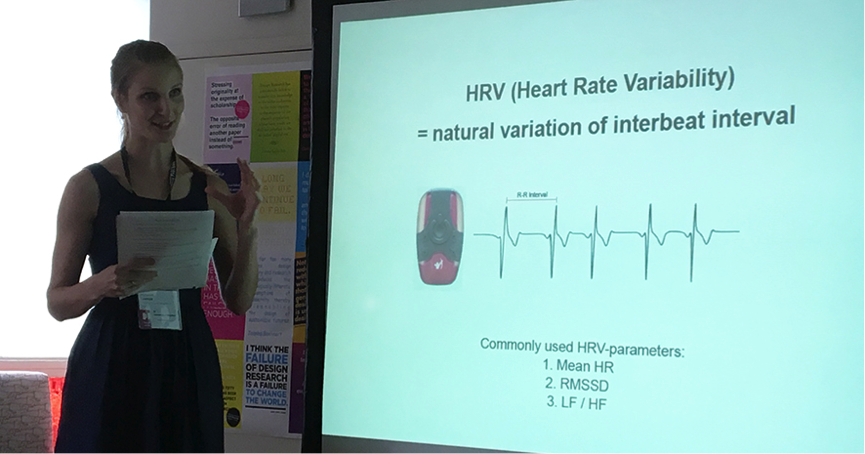
Marianne Leinikka giving the Handling Mind paper presentation. Photo by Camilla Groth
The above presentation of the papers delivered at the conference is based on the introductory notes of the session:
Gulliksen, M., Groth, C., Seitamaa-Hakkarainen, P., Mäkelä, M (2016) Introduction: Embodied making and learning. In: P. Lloyd & E. Bohemia, eds., Proceedings of DRS2016: Design + Research + Society – Future-Focused Thinking, Volume 7, pp. 2889-2893. DOI 10.21606/drs.2016.605
For the actual papers delivered by the Handling Mind consortium during the DRS conference see:
Leinikka, M., Huotilainen, M., Seitamaa-Hakkarainen, P., Groth, C., Rankanen, M., Mäkelä, M. (2016) Physiological measurements of drawing and forming activities. In: P. Lloyd & E. Bohemia, eds., Proceedings of DRS2016: Design + Research + Society – Future-Focused Thinking, Volume 7, pp 2941-2957, DOI 10.21606/drs.2016.335
Groth, C. (2016) The role of sensory experiences and emotions in craft practice. In: P. Lloyd & E. Bohemia, eds., Proceedings of DRS2016: Design + Research + Society – Future-Focused Thinking, Volume 7, pp 2895-2910, DOI 10.21606/drs.2016.337
